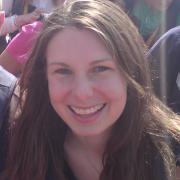Biodiversity invaded the media space in 2010. Many messages surrounded us; endangered species, climate change, proliferation, preservation… But how do scientists study biodiversity in the field and in the lab? How do species relate to each other? Is it easy to get species classified? This session explores activities to inspire children about the natural world, through understanding classification and adaptation.Knowing species is the basis for young people to develop understanding of how more complex factors about nature and natural resources, such as adaptation to the environment, life cycle duration, geographical interdependence and citizenship.
Playing with biodiverCITY Coralie Boeykens http://www.sciencesnaturelles.be At the occasion of the Year of Biodiversity in 2010, a new gallery called BiodiverCITY opened in the Museum of Natural Sciences, in Brussels. As suggested by its name, the exhibition focusses on the concept of biodiversity illustrated by urban examples, biotopes, fauna and flora. Guided tours and workshops offered to school groups have been supplemented by a game developed by members of our educational service. The game has been designed as a traditional board game to be played in small groups. It serves as a pedagogical starting point to address important ecological notions in an entertaining and active way. A major goal is to drive students to think about the biodiversity of their own near environment and the role they play in it. Eventually, they should realize that everyone can contribute to the preservation of biodiversity by means of small, daily actions.


